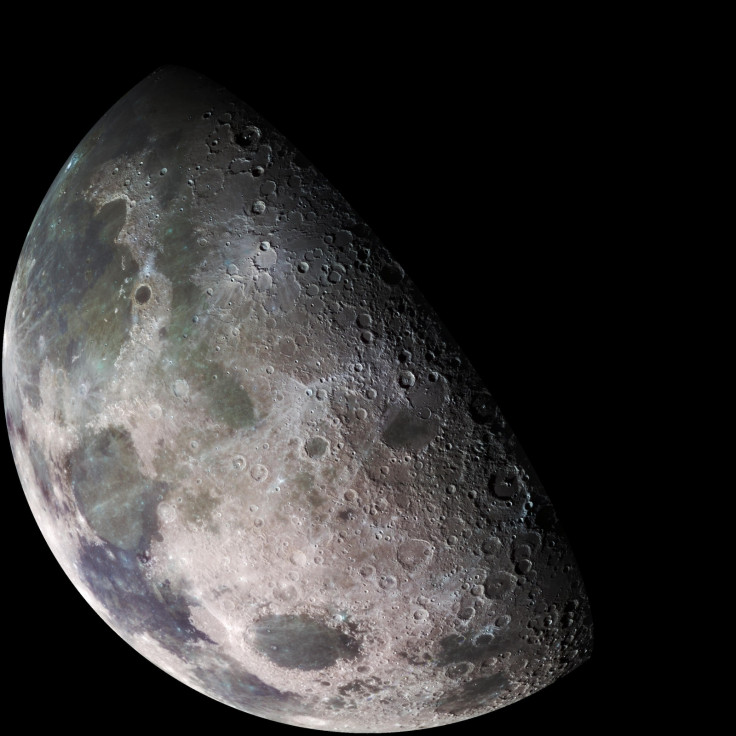The moon has more water than previously thought but is it enough to sustain a lunar colony?
Scientists are still working to characterise the moon water and figuring out whether it can be accessed.

Water on the moon is more widespread and not restricted to a particular area or region, a new study has discovered. Although the water is not easily accessible, it appears that the lunar surface has more of it. Scientists also found that water on the moon appears to remain static and does not move around.
Scientists also discovered that moon water appears to be present day and night. The new results counter some of the earlier research, which suggested that moon water was found at the poles and that the strength of the water signal fluctuates throughout the day.
"We find that it doesn't matter what time of day or which latitude we look at, the signal indicating water always seems to be present," said Joshua Bandfield, a senior research scientist with the Space Science Institute and lead author of the new study, Phys.org reported. "The presence of water doesn't appear to depend on the composition of the surface, and the water sticks around."
Scientists, however, are still working to characterise the moon water and figuring out whether it can be accessed.
"Water on the Moon is of intense interest for many reasons," Dr. Michael Poston, a scientists with the Southwest Research Institute (SwRI) and coauthor of the new research, said in a statement. "When you split water molecules, you end up with oxygen and hydrogen, critical components for breathable air and rocket fuel. Hydroxyl (OH) is a more reactive relative to water and not as attractive as water in terms of supporting a lunar station."
The moon produces a mixture of emitted and reflected light that glows when heated by the sun. Moreover, the moon's surface reflects infrared light from the sun. To characterise the measurements of water, researchers invented a new way to incorporate temperature information to essentially separate the moon's mixture of reflected and emitted light.
Scientists used a model and detailed surface temperature maps made from the measurements of the Diviner Lunar Radiometer Experiment instrument aboard NASA's Lunar Reconnaissance Orbiter (LRO). Researchers then applied the temperature model to previously gathered data from the Moon Mineralogy Mapper, an infrared spectrometer that provided for India's Chandrayaan-1 spacecraft.
The new findings indicating more widespread distribution as well as relatively stable moon water suggests that the water may be present as OH or hydroxyl, which is made up of one oxygen atom and one hydrogen atom and is a more reactive relative of H2O. Hydroxyl would likely have to be extracted from minerals, as it chemically attaches itself to other molecules, unable to sustain by itself for too long.
"By putting some limits on how mobile the water or the OH on the surface is, we can help constrain how much water could reach the cold traps in the polar regions," Poston said.
"The next step is to determine whether it's water, hydroxyl, or a mixture of the two — and where it came from," Poston added. "Is it from external sources, delivered by comet or asteroid impacts? Is it from internal processes on the Moon itself, such as ancient volcanism? Or could it be an ongoing process of the solar wind reacting with lunar materials to create OH or H<sub>2O?"
"Some of these scientific problems are very, very difficult, and it's only by drawing on multiple resources from different missions that we are able to hone in on an answer," said Nasa's LRO project scientist John Keller.
The new study titled "Widespread Distribution of OH/ H2O on the Lunar Surface Inferred from Spectral Data," has been published in Nature Geoscience.






















